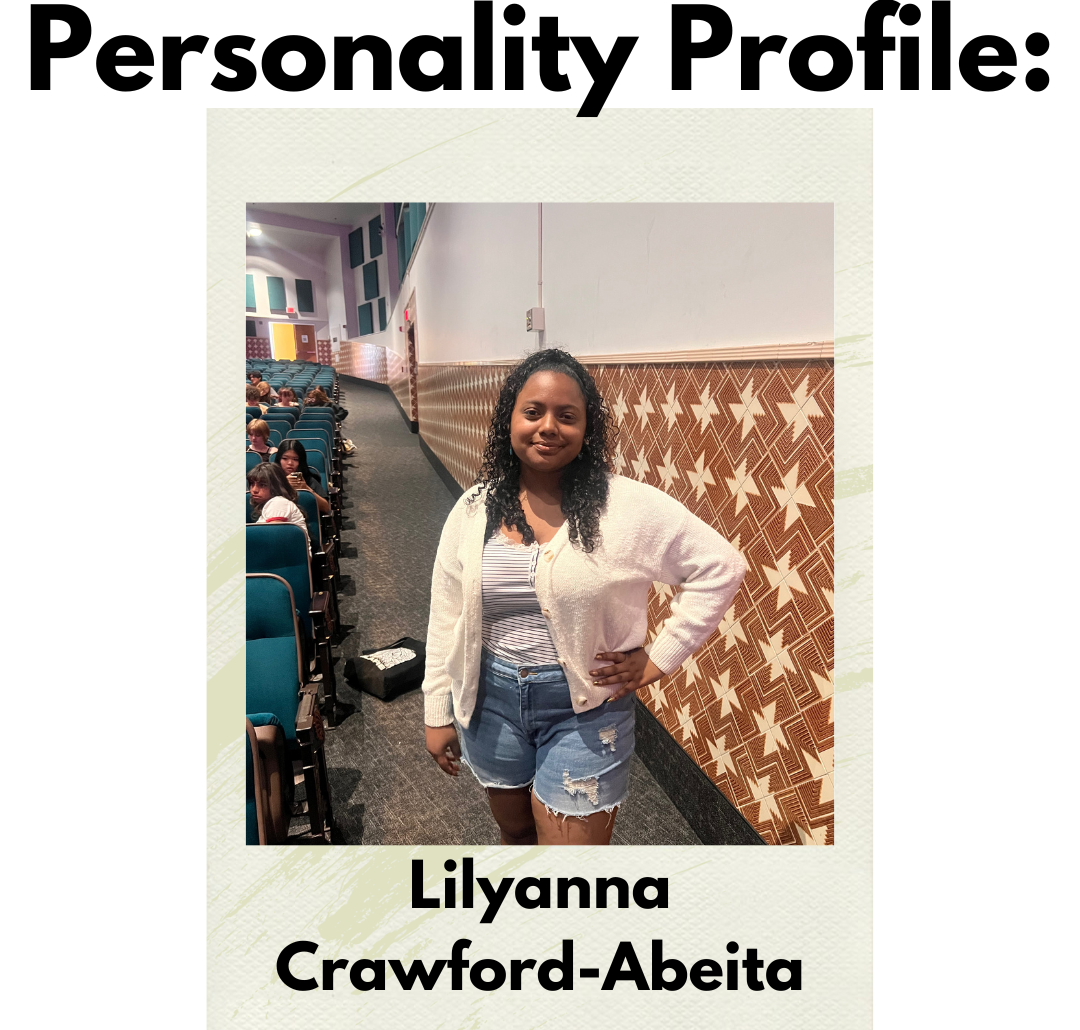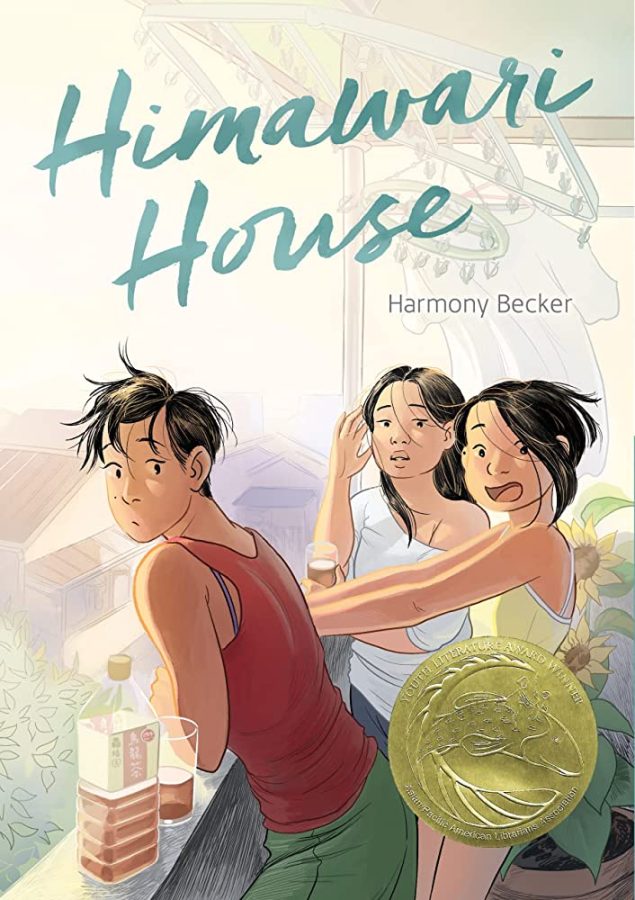Book Review: Himawari House by Harmony Becker
April 18, 2023
I decided to read a book unrelated to robots this time!
By book, I mean graphic novel.
Before people start questioning me, I will say yes, I believe comic books to be real books. I’ve always been fascinated by graphic novels as an artist. It takes a lot of patience and stamina to create drawings of the same characters over and over, in addition to creating backgrounds and scripts for the book. Creating a graphic novel is sort of like making a movie where you draw all the camera shots.
Himawari House must have taken a long time to draw. There is a good amount of intricate ink-work and backgrounds. The style switched between realism and cartoony anime faces. Inside, the pages are screen-toned like a manga, but it is originally written in English, left to right. It was pretty thick, but I finished it in two days because most of the pages were taken up by, well, graphics.
Overview
Nao is a student staying in Japan for her gap year in a shared house, called the Himawari House. She is a mixed-race Japanese-American who was born in Japan and lived there as a toddler. Nao remembers fragments of her childhood quite vividly and while she is overjoyed to return, she is self-conscious of how different she is from the long-time natives, and feels as if she is having (in her words) “a diasporic identity crisis.” Too American for Japan, and too Japanese for Americans, as she was the target of microaggressions by her American classmates. This leads to conflicted feelings about places that are so familiar to her.
In the Himawari house there are two other girls: Hyejung, from South Korea, and Tina, from Singapore. The book flits from each of their perspectives, and delves into how each of them wound up studying in Japan. The story itself follows a slice-of life format of episodic smaller stories, though they are chronological.
Review
There aren’t really spoilers in the traditional sense. Like any young adult coming-of-age graphic novel, it gets quite introspective and bittersweet. I saw the bitter sweetness coming and it still made me sad. I can understand the Asian Diasporic Identity Crisis, even though I am Chinese, not Japanese. I was born in China as well, but unlike Nao, I have no memory of it.
Also, I appreciated the originality of keeping in the characters’ accents. It was an original way to show their backgrounds. Becker even mentions it at the end of the book. There is also writing in Japanese and Korean with English translated under it, but to symbolize the gaps in their vocabulary, the English bits are sometimes obscured. This was a great way for the readers to understand the struggle of learning a new language.
Even if you aren’t having a Diasporic Identity Crisis, I encourage you to read this book, as it will give you a glimpse how complicated these feelings can be. Plus, you get pages and pages of beautiful art.























